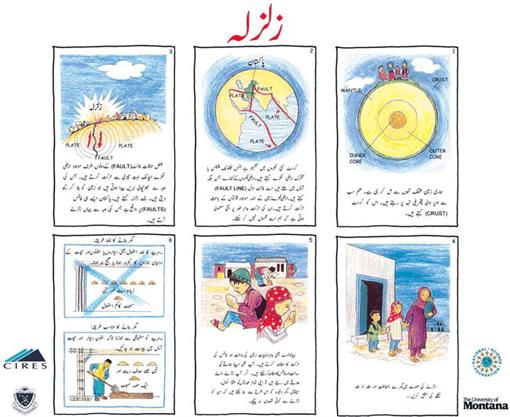Pakistan is located in a seismically active region, and there are several zones that are considered to
be at high risk of earthquakes. One of the most dangerous zones is the boundary between the Indian and Eurasian plates, which runs through the northern part of Pakistan, including the Kashmir region. This zone has experienced several significant earthquakes in the past and is considered to be at high risk for future seismic activity.Some of the most significant earthquakes in Pakistan's history have occurred in this region. In 2005,
a magnitude 7.6 earthquake struck the Kashmir region, causing widespread devastation and loss of life. The earthquake was felt across the region and triggered landslides and rockfalls that further exacerbated the damage.Another high-risk zone in Pakistan is the Makran subduction zone, which is located along the
southwestern coast of the country. This zone is where the Arabian plate is pushing under the Eurasian plate, causing significant seismic activity. While the region has not experienced a major earthquake in recent history, experts warn that the region is at high risk for future earthquakes and tsunamis.Given the high risk of earthquakes in Pakistan, it's essential to be prepared and have
emergency plans in place. This includes building structures that are designed to withstand seismic activity, developing early warning systems, and having supplies and emergency procedures established in case of a quake. It's also vital for the government to continue investing in earthquake research and monitoring to better understand and prepare for potential seismic activity.In conclusion, Pakistan is located in a seismically active region, and there are several high-
risk zones that are at risk of future earthquakes. It's essential to be prepared and have plans in place to mitigate the damage and loss of life that can occur in the event of a seismic event. The government, as well as individuals and communities, should continue to invest in reducing earthquake risk and improving resilience






No comments:
Post a Comment